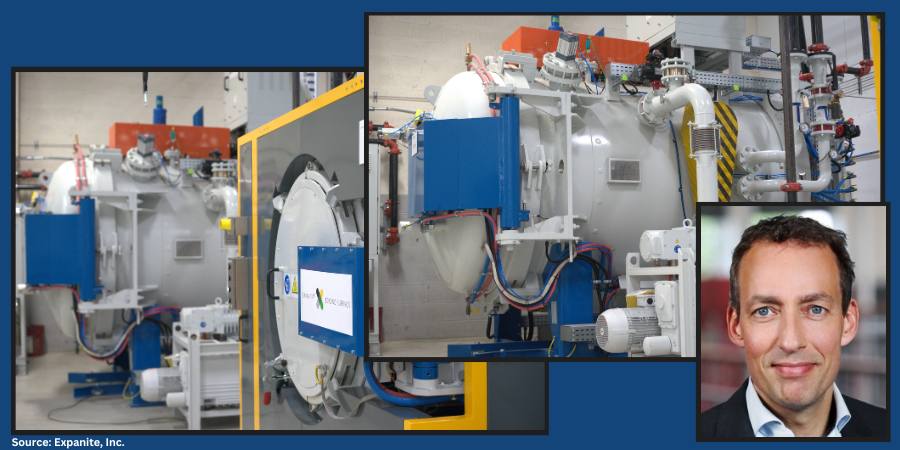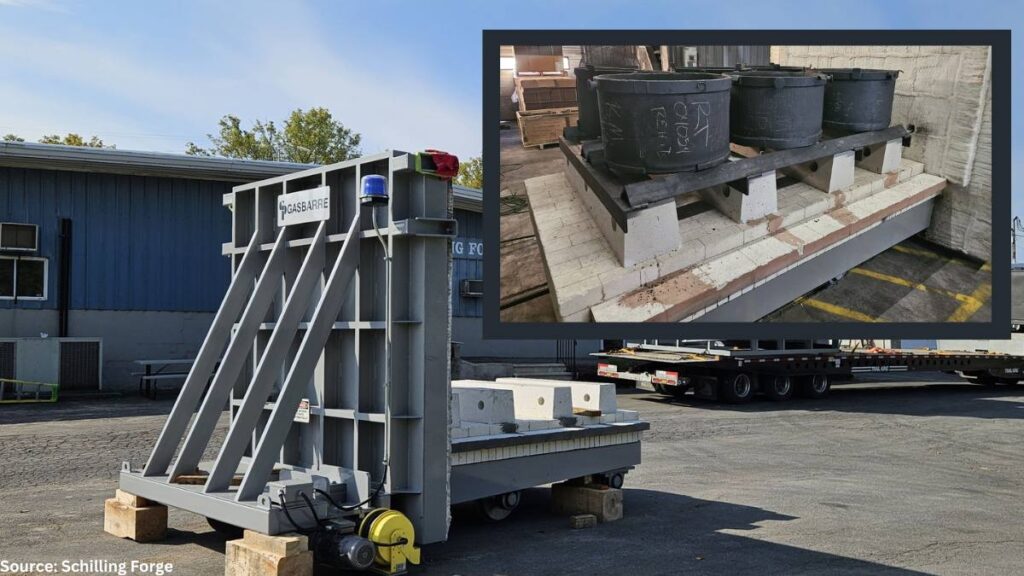Source: Today’s Medical Developments
A new category of high-performance titanium-copper alloys for 3D printing is being considered for medical device, aerospace, and defense applications, and heat-treating may improve the process further.
In a collaborative project, leading researchers from RMIT University, CSIRO, the University of Queensland, and The Ohio State University studied the problem of titanium alloys being prone to cracking or distortion due to cooling and bonding together in column-shaped crystals during the 3D printing process. But a titanium-copper alloy developed by the research team seems to have solved this dilemma.
“Of particular note was its fully equiaxed grain structure,” said Professor Mark Easton from RMIT University’s School of Engineering in Today’s Medical Developments. “This means the crystal grains had grown equally in all directions to form a strong bond, instead of in columns, which can lead to weak points liable to cracking. Alloys with this microstructure can withstand much higher forces and will be much less likely to have defects, such as cracking or distortion, during manufacture.”
More from this Best of the Web:
CSIRO Senior Principal Research Scientist, Dr. Mark Gibson, says their findings also suggest similar metal systems could be treated in the same way to improve their properties.
“Titanium-copper alloys are one option, particularly if the use of other additional alloying elements or heat treatments can be employed to improve the properties further,” Gibson says. “But there are also a number of other alloying elements that are likely to have similar effects. These could all have applications in the aerospace and biomedical industries.”
Read more: “Adding Copper Strengthens 3D-Printed Titanium”
Main photo credit / caption: RMIT University / 3D-printed titanium-copper bars with titanium powder and copper powder.





